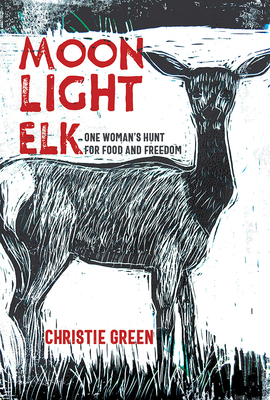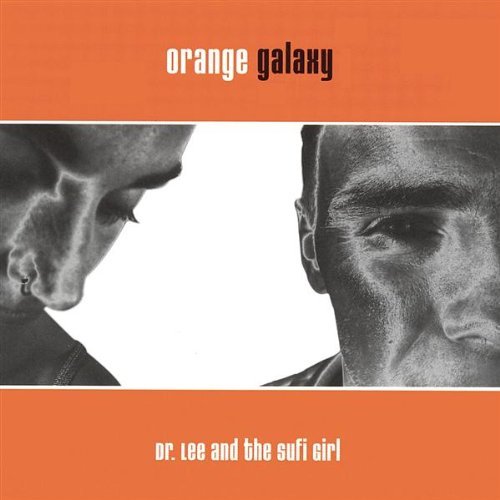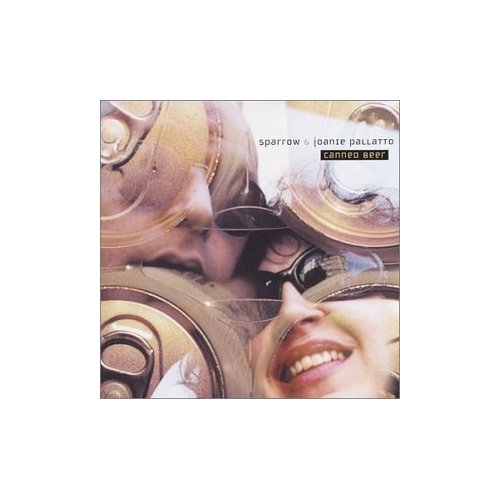
description
9
Christie Green learned to hunt in order to complement the food she grew in her New Mexico garden. As an act of practical agency this fulfilled her needs, yet a restlessness stirred within. She longed for a life defined by something deeper than weekly schedules, work roles, and cultural norms. Could she travel beyond the supposed domain of women and venture into the world of animals, into the wild, where men were said to prevail?
Outside the grip of the human realm, the moon beckons to Green to go beyond. Here, hunting in the wild, the moon cycles through her, rising and falling at dawn and dusk, whispering messages from the dark side. Rather than circle the hot insistence of a masculine sun, Green begins to attune to the more elusive, mysterious murmuration of the moon. Animals and dreams, lunar partners, choreograph Green through time and space. She longs to dream, toil, live and love at the edges of the fertile ecotones where she can withdraw inward, retreat like an animal into hiding, and then come into full, radiant view on her own terms. Layer by layer, hunt by hunt, Green peels away societal skins that adhere to a prescribed grid, a manufactured tick of time, a picture of perfection. Tracking and tracing, moving in darkness, watching, smelling, listening, and following the animals, Green sheds the burdens of her domestic self and witnesses the animals defying reason as they walk her into their world, ambling her along, straddling night and day, waking and sleeping. Through them, definitions of gender dissolve and boundaries blur. In the process, Green eclipses western society's definitions of her as a woman, mother, lover, and entrepreneur, courageously birthing her own independence through a profound connection to the animals and the places they call home. What she sought from these animals was food. What she found was freedom.member goods
No member items were found under this heading.
Return Policy
All sales are final
Shipping
No special shipping considerations available.
Shipping fees determined at checkout.







